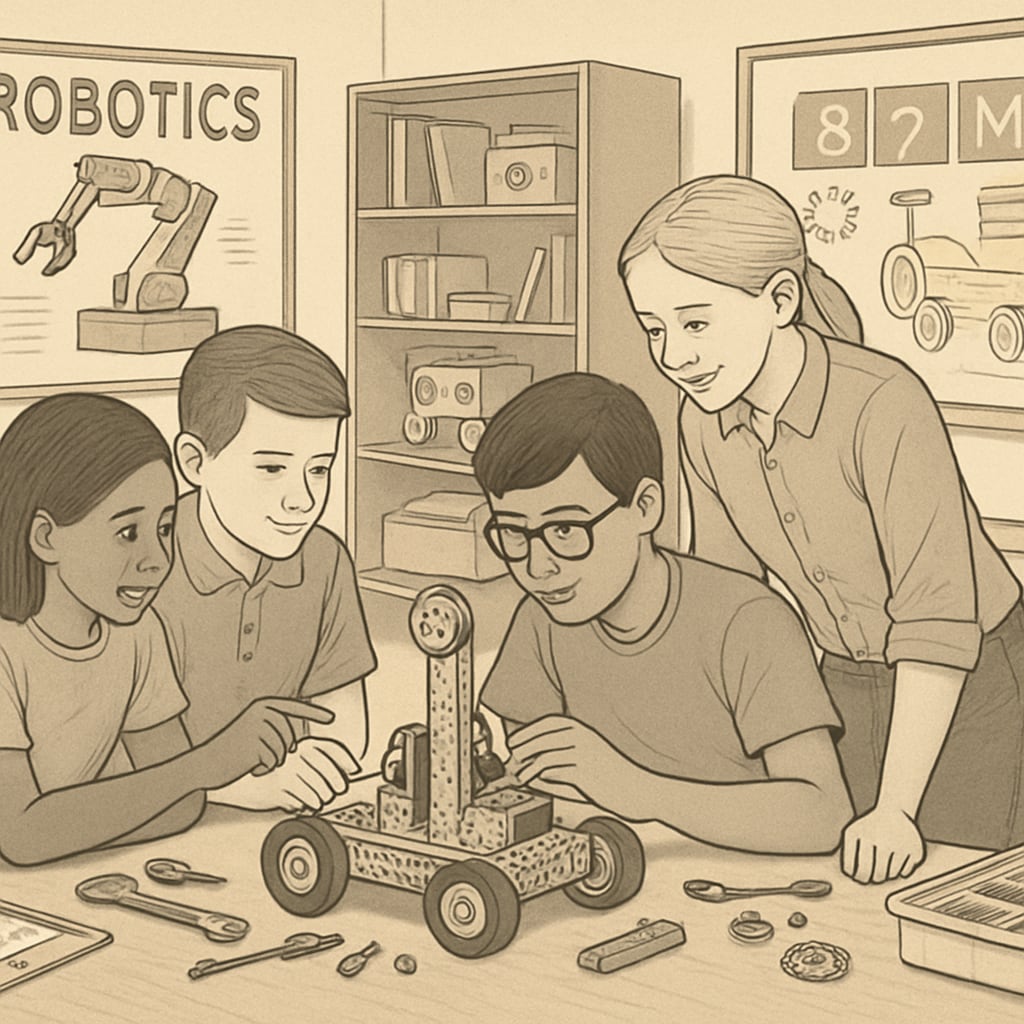The intersection of design engineering, degree choices, and career development holds significant importance for K12 students as they prepare for their future. With advancements in technology and growing demand for innovative solutions, the field of design engineering is rapidly evolving. Parents and educators must understand how early education influences academic and professional decisions, ensuring students select the right degree path to maximize their potential.
Understanding the Role of K12 Education in Career Development
For K12 students, foundational education plays a pivotal role in shaping their skills and interests. Early exposure to STEM (Science, Technology, Engineering, Mathematics) subjects can ignite a passion for design engineering. For example, programs like robotics clubs, coding workshops, and design challenges help students build critical thinking and problem-solving abilities.
Moreover, practical experiences in K12 years allow students to explore their aptitudes. This exploration is essential in narrowing down future academic options, such as pursuing degrees in mechanical engineering, industrial design, or architectural engineering.

Key Considerations When Choosing a Design Engineering Degree
Choosing the right degree is often a challenging decision for students. To make an informed choice, they must weigh several factors:
- Interest Alignment: Students should consider their personal interests and strengths. Those passionate about aesthetics may lean toward industrial design, while problem-solvers might prefer mechanical engineering.
- Job Market Trends: Parents and educators can guide students by discussing industry demand. For instance, fields like sustainable design and digital prototyping are experiencing significant growth.
- Educational Prerequisites: Some design engineering degrees require strong foundations in maths and physics. Students should evaluate their K12 academic performance and readiness for these subjects.
Additionally, students should explore opportunities for internships or cooperative education programs offered by universities. These experiences enhance their employability and provide hands-on learning.

Preparing K12 Students for Design Engineering Careers
Parents and educators play a critical role in preparing students for future careers in design engineering. Here are practical strategies to implement:
- Encourage Curiosity: Create opportunities for students to ask questions and explore engineering concepts through hands-on activities.
- Introduce Role Models: Highlight stories of successful design engineers to inspire students and provide insight into career possibilities.
- Organize Career Exploration Activities: School visits to engineering firms or guest lectures by professionals can spark interest among students.
- Promote Lifelong Learning: Teach students the value of adaptability and continuous education, as design engineering often involves keeping up with technological advancements.
In addition, schools can incorporate career-oriented assessments to help students identify their strengths and preferences early.
The Long-Term Impact of Choosing the Right Degree
Selecting the right design engineering degree has a profound impact on a student’s professional trajectory. A well-chosen degree not only equips students with technical expertise but also opens doors to leadership roles and innovative projects. For example, graduates in industrial design may lead teams in creating sustainable products, while those in software engineering can contribute to cutting-edge technologies like AI-driven design systems.
Ultimately, the degree path chosen during the K12 years can influence a student’s career satisfaction and financial stability. Therefore, early planning is key to success.
Readability guidance: Use concise paragraphs, bullet points to highlight key strategies, and ensure smooth transitions between sections. Equal distribution of keywords and synonyms ensures optimized yet natural content flow.


